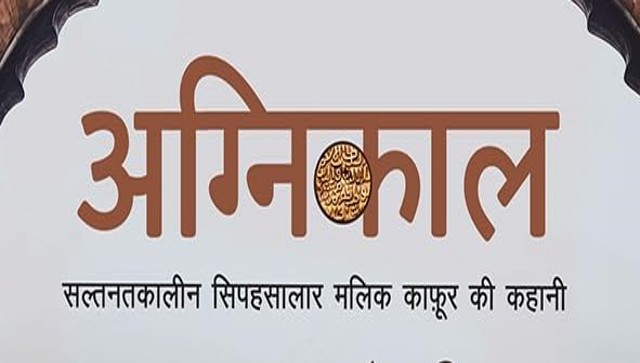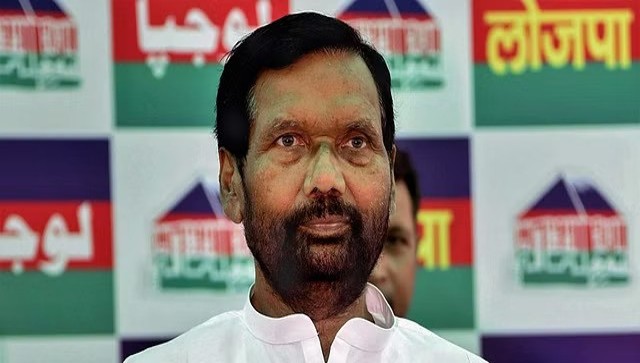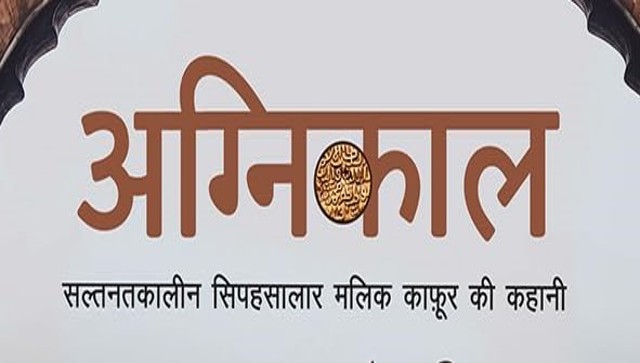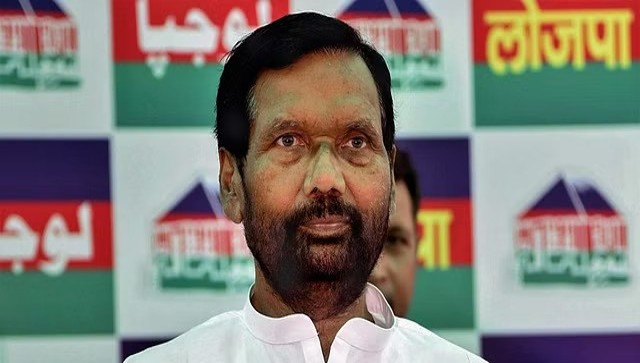How do you review an author’s book that doesn’t quite resonate, but whose work, spanning many formats, you’ve loved? I found myself asking that question repeatedly as I flipped through Murder in Mahim. Jerry Pinto’s new novel is a mystery set in Mumbai, and a whodunnit at that.
A recently-retired Peter Fernandes finds himself drawn to assisting his Inspector-friend Jende on a few exceptional cases. It is a mutually beneficial relationship; Jende hopes to have fruitful investigations drawing from Peter’s experience in chasing people down. Peter was, after all, a former journalist. For his part, Peter finds his role a worthy pre-occupation; to pass the day and tide over the insecurities of no longer being employed. His wife, a witty, sharp Millie with many evocations of Em, empathises, ‘a man had to have an interest and he had to get out of the house.’ I would say that for women too but the whole genre of crime fiction is built on masculine enterprise. Two men with complementary competencies out to solve crime? That’s a trope we’ve seen one too many times.
When a young Proxy is found slashed in a toilet in Matunga station, his kidney scooped out, it is the beginning of an unexpected education for Peter.
In the ensuing unraveling, outliers rise to the surface. The ones that come out at night to be able to dream the same dreams as the rest of the city’s ambitious. The knowledge of the city and its people, as Pinto presents, comes from a focused immersion in its fringe spaces. He writes about the invisible; characters who dot the spectrum of sexuality — men who have sex with men (MSM), male sex workers, those who identify as gay. Pleasure can be separated from business, and business itself need not define one’s identity, Pinto wants to say. Even the names the sex workers assume, hence, are different. Their aliases embody the conviction that their ways to money do not define them.
But this escape is often a futile attempt. In a bid to trump the system that has disabled them, they only get further entrapped. Early in the novel, a psychologist whom Peter seeks out, explains: He realises he must always work that difficult line between advertising his wares and advertising what his work is. He may be the object of desire…but as soon as money enters the equation, this changes. Now, he’s the whore…He is often abused. His ego is hurt but he does what he is told. He collects his money but anger builds. It’s the same everywhere, isn’t it? The corporate boardroom, the bedroom or that railway station toilet — men who think they’ve lost power are prone to violent rage and it may be a long time before they emerge from it, if they emerge at all.
A commendable class consciousness runs through the book, highlighting how one’s place in the hierarchy intersects with choices one is forced to make.
A character, Taxi-Taxi, brings out the inevitable disillusionment in quotidian wisdom: They want the money. And the only thing they have is the body. So, they will put the body on the market because they have seen all those Hindi movies where the shaukeen (enthusiasts) are willing to pay so much for fresh maal. Then they find out that this is also just a story; the body is also cheap. It doesn’t have that much value. Men who pay… that much, they don’t fall in love. They want a new body everyday, if possible. This is how the poor boys go bad.
Through different voices, the distress of masculinity is brought forth. And these parts are thoroughly thought-provoking, especially when they roll off vernacular tongues, shifting the shape of English. If, like most of us, you’re used to reading about sexuality in the high tones of academic jargon, these expositories infuse a pragmatic flavour to it. On the flip side, they derail the plot, making it seem almost secondary to the narrative. It jars with explosive twists — confessions, suicides and unprovoked rage – which are a tad too dramatic apart from being easy resolutions.
The problem with Murder in Mahim is its need to develop empathy around sexuality and sex work struggles to jostle with the story. The characters are presented to further this purpose, to teach us something, over being independent, complex entities with the ability to surprise.
Although it is unfair to draw a comparison between different genre-novels by the same author, they are part of his oeuvre. In Em and the Big hoom, Pinto painted the world of mental illnesses with a touch of the real and an abundance of humour. There is a similar intent here - to capture the subterranean in its deserved complexity.
And he does do that. Jerry Pinto had a noble agenda writing Murder in Mahim, but the book turns into an overt pedagogic tool instead of being heuristic, and at the cost of a good, gripping story.


)




)
)
)
)
)
)
)
)